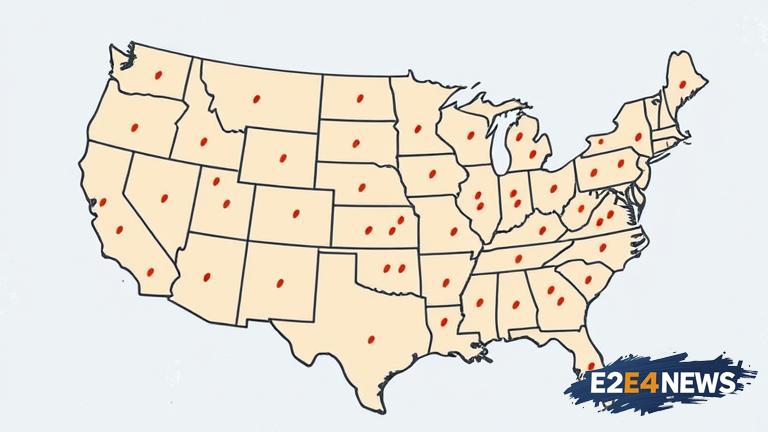The COVID-19 pandemic has brought to light the significant shortcomings in America’s PPE supply chain. The shortage of essential protective gear, such as masks, gloves, and gowns, has put healthcare workers and citizens at risk of infection. The crisis has exposed the country’s dependence on foreign manufacturers, particularly China, for PPE. The lack of domestic production and inadequate stockpiling have resulted in severe shortages, forcing healthcare providers to reuse or ration PPE. This has not only compromised the safety of healthcare workers but also hindered the ability to respond effectively to the pandemic. The situation has been exacerbated by the lack of transparency and coordination in the supply chain, making it difficult to track the availability and distribution of PPE. Furthermore, the shortage has disproportionately affected vulnerable populations, such as low-income communities and minority groups, who may not have access to adequate healthcare or PPE. The pandemic has also highlighted the need for increased investment in domestic PPE production and stockpiling. The US government has taken steps to address the shortage, including invoking the Defense Production Act to prioritize PPE production and providing funding for domestic manufacturers. However, more needs to be done to ensure that the country is better prepared to respond to future pandemics. The COVID-19 pandemic has also accelerated the development of innovative solutions, such as 3D-printed PPE and virtual reality training for healthcare workers. Additionally, the crisis has highlighted the importance of international cooperation and collaboration in responding to global health crises. The World Health Organization (WHO) has played a critical role in coordinating the global response to the pandemic, including providing guidance on PPE use and distribution. The pandemic has also underscored the need for improved communication and coordination between healthcare providers, governments, and industry stakeholders. In the US, the Centers for Disease Control and Prevention (CDC) has provided guidance on PPE use and conservation, while the Food and Drug Administration (FDA) has worked to expedite the approval of new PPE products. Despite these efforts, the PPE shortage remains a significant challenge, and it is essential that the US continues to invest in domestic production and stockpiling. The pandemic has also highlighted the importance of addressing the social determinants of health, such as poverty and lack of access to healthcare, which can exacerbate the impact of infectious diseases. Moreover, the crisis has underscored the need for increased funding for public health infrastructure, including contact tracing and testing. The COVID-19 pandemic has been a wake-up call for the US, highlighting the need for a more robust and resilient PPE supply chain. It is essential that the country learns from this experience and takes steps to prevent similar shortages in the future. The pandemic has also accelerated the development of new technologies and innovations, such as telehealth and digital contact tracing, which can help to improve the response to future pandemics. In conclusion, the COVID-19 pandemic has exposed significant weaknesses in America’s PPE supply chain, highlighting the need for increased investment in domestic production and stockpiling. The crisis has also underscored the importance of international cooperation, improved communication and coordination, and addressing the social determinants of health. As the US continues to respond to the pandemic, it is essential that the country prioritizes the development of a more robust and resilient PPE supply chain to ensure that it is better prepared to respond to future health crises.
